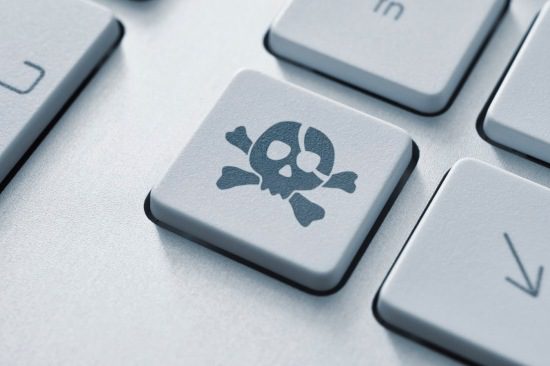Yesterday, Netflix issued an advisory identifying several TCP networking vulnerabilities in FreeBSD and Linux kernels. While patches are already available for the identified vulnerabilities, Linux is the most popular system on the Internet. This means that the issue will remain widespread and dangerous until every single company has applied patches.
https://twitter.com/zackwhittaker/status/1140725252781236226
Linux SACK Panic and Other TCP Denial of Service Issues
CVE-2019-11477, CVE-2019-11478, CVE-2019-11479https://t.co/qAde0bGB34https://t.co/xf1Epdg0SIworkaround:
$ sudo sysctl -w net.ipv4.tcp_sack=0
$ sudo iptables -A INPUT -p tcp -m tcpmss –mss 1:500 -j DROP— Levente Polyak | @anthraxx@chaos.social (@anthraxx42) June 17, 2019
Expert Comments:
David Atkinson, CEO at Senseon:
“This means it is also difficult to know where it is enabled. While there is a patch, it could take weeks or months for companies to find every potential vulnerability and patch it. Embedded systems may not even get upgraded due to the perceived inconvenience of patching, something particularly true for IoT devices.
“In the worst case scenario, a single hacker could exploit this known vulnerability to bring down any corporate service that uses Linux. Until they are patched, millions of companies and products are vulnerable. This also increases the risk of a coordinated nation-state attack.
“While a malicious attack has not yet been reported, it is only a matter of time. There are at least eight million public-facing services using Linux. Companies should urgently issuing emergency patches on these systems to prevent disruption and be using threat detection to spot any attack or malicious activity on their system quickly.”
Boris Cipot, Senior Security Engineer at Synopsys:
“The good thing is that the vulnerability was found and the patches are available. It is now crucial that patches are applied as cyber criminals will for sure start writing malware that searches and exploits the non-patched, vulnerable machines. We have seen many times that the most critical thing is the time between the public notification of a vulnerability and the applying of a fix. Most of the time the cyber criminals are always a step ahead in the game, as patching is not always done in a timely manner. Let’s hope that this will not be the case here. Patching is needed to keep your systems running securely and avoiding breaches or fall outs. Even if patching takes time and requires money, think of what a downtime to your systems is worth in reverse.”
Jake Moore, Cyber Security Expert at ESET:

